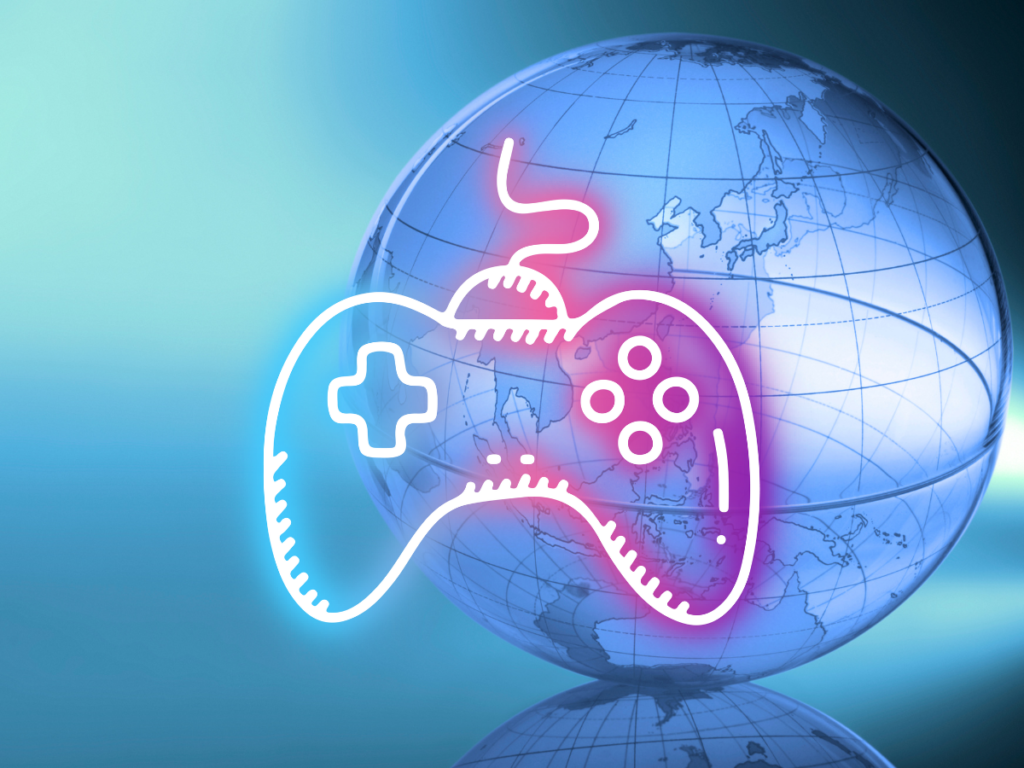Game7’s report spotlights Asia-Pacific as the leader in Web3 game creation, offering insights from extensive data on blockchain games.
According to a recent report from Game7, a community focused on the use of blockchain technology in gaming, Asia-Pacific has emerged as the leader in Web3 game creation.
In the State of Web3 Gaming Report, Game7 examines data from over 1,900 blockchain games, 1,000 fundraising rounds, and 170 blockchain ecosystems to present an overview of the major ecosystem parameters that have evolved over the previous six years.
It explores the Web3 gaming stack, gaming trends, blockchain networks, competitive dynamics, and fundraising, among other facets of the business. It also clarifies how Web3 gaming has changed since the market downturn in 2022.
“Better research is how we solve complex problems in the nascent realm of Web3 gaming,” stated George Isichos, core contributor at Game7, who led the report. With this research, we are taking a credible impartial approach to indexing and analysing the larger Web3 gaming ecosystem, prioritising core game development issues over tokens and conjecture.
Asia-Pacific is leading the way
With 40% of developers residing there, the Asia-Pacific area leads the way in Web3 game creation, followed by North America with 30%. Remarkably, Asia is the birthplace of half of the newly released games in this market this year.
Thirty percent of newly formed Web3 gaming teams came from the United States in 2023, with South Korea contributing twenty-seven percent, almost twice as much as the year before. With 30% of the market, the USA continues to be the biggest destination for Web3 game creators. Other notable destinations include South Korea (12%), the UK (6%), Singapore (6%), Vietnam (4%), and Australia (4%).

Investments in Web3 gaming exhibit resilience
Investments in the Web3 game industry have proven to be resilient; they saw a notable increase in 2021 and a stabilisation in 2023, which was similar to levels seen before the bull market. A staggering $19 billion has been invested in Web3 gaming-related initiatives since 2018.
Even with the 2022 market correction, the Web3 gaming market is still expanding, just more slowly. Prior to Q3, fundraising rounds connected to blockchain gaming totaled $1.5 billion in 2023, of which over $800 million was allocated specifically to Web3 gaming. The other funds were dispersed among several industries. I
Over $4 billion has been invested in Web3 gaming ventures located in the US; France ($0.9 billion), Canada ($0.67 billion), Singapore ($0.67 billion), and Hong Kong ($0.66 billion) have all contributed to this amount.
Since 2018, the biggest funding has gone to genres like sports ($1 billion), MMOs ($1 billion), role-playing games ($0.7 billion), and action ($0.3 billion).
AAA Web3 games are still infrequent
At 94% of the market, indie-level and midsize projects make up the majority of the Web3 gaming ecosystem. AA and AAA titles, on the other hand, only account for 6% of the market share.
The most frequently created game genres are strategy, RPG, and action. Platform-specific preferences show that action and RPG are most popular on PCs, a balanced mix on mobile devices, and casual games are most popular on browser-based games. Sixty-nine percent of Web3 games are free-to-play (F2P), however twenty-six percent of the games available now need users to possess certain NFTs in order to play.
Blockchain networks’ ascent
In 2023, blockchain networks aimed at the gaming industry are growing despite difficult market conditions. There have been over 81 new blockchain networks established for the gaming industry, indicating a 40% increase in growth from the previous year.
Eighty-one percent of Web3 games run on general-use Layer 1 (L1) networks, and EVM sidechains are becoming more and more popular. Seventy-five percent of the games released this year have been optimised for L1 networks. In contrast, the increase of Optimistic L2/L3 solutions accounted for a significant portion of the new network growth, with 51% of them being either Layer 2 (L2) (42%), or Layer 3 (L3) (9%). This year, 43% of newly established networks fell into the category of application-specific networks specifically designed for gaming, an increase of 84% from the previous year.
Distribution issues are still present
Six of ten Web3 games are not available on major distribution platforms; instead, they must be distributed through direct channels or Web3-native platforms, which presents a strategic challenge for the Web3 Gaming Stack.
Remarkably, the Epic Games store has been supporting Web3 games more and more; by October 2023, it had grown from listing just 2 titles in June 2022 to 69 games. With a dominating 95% share, Unity and Unreal Engine rule the Web3 PC game production scene.
Eighty-five percent of Web3 games use blockchain technology to tokenize assets that are either fungible or non-fungible, with the logic and game state remaining off-chain. Five percent or less of all game players use a fully on-chain paradigm.
Blockchain rivalry
A record amount of Web3 games moved to other networks in 2023, with Polygon, Immutable, and Arbitrum showing up as popular choices. There are currently more Web3 games hosted in the Polygon ecosystem than on BNB or the Ethereum Mainnet. The most well-liked Layer 2 game environment of days is Immutable, closely followed by Arbitrum. For Web3 games, Solana continues to be the biggest non-EVM ecosystem.
When it comes to blockchain frameworks, the OP Stack is the best option for developing new networks that cater to gaming use cases.











